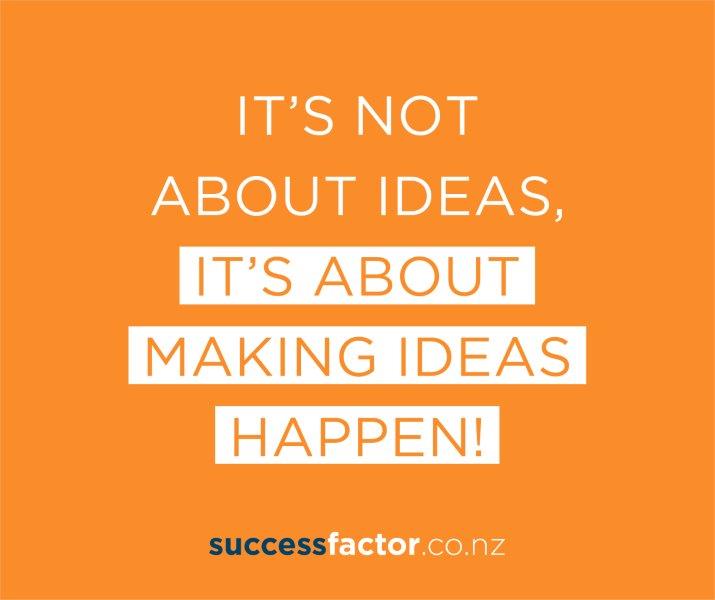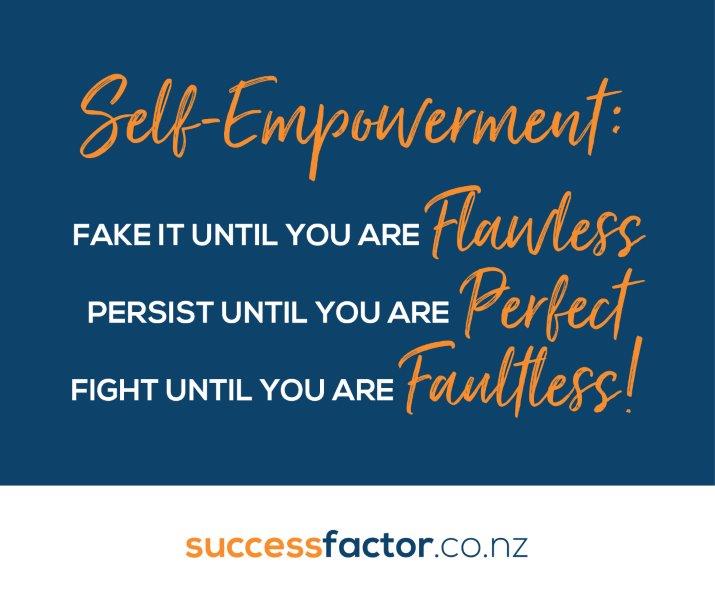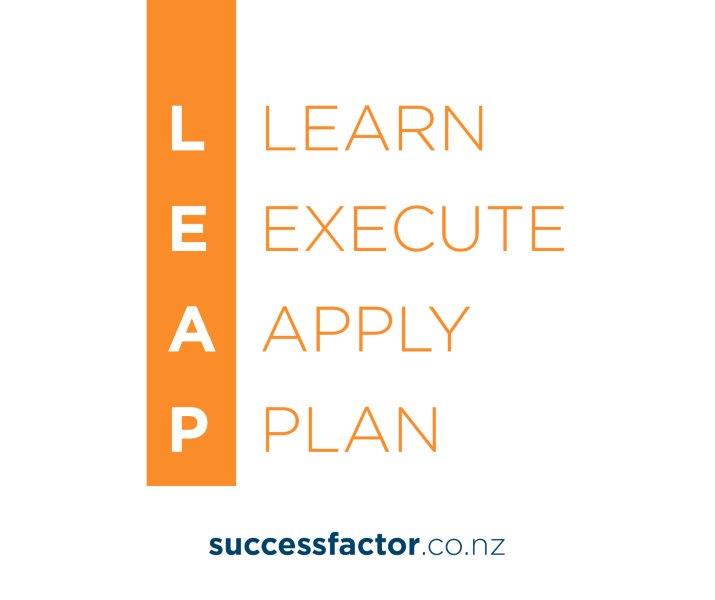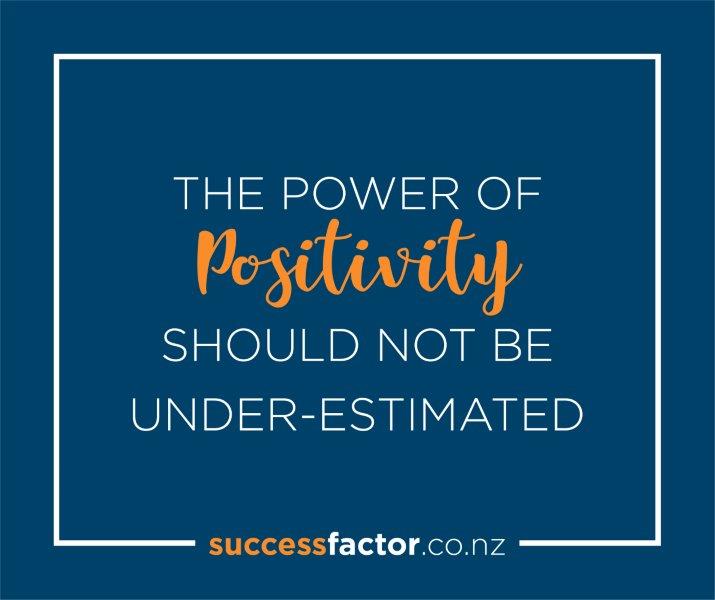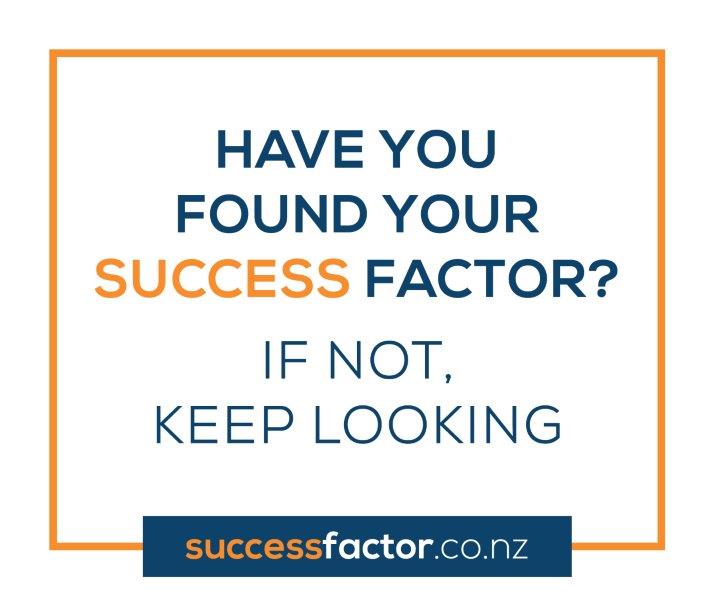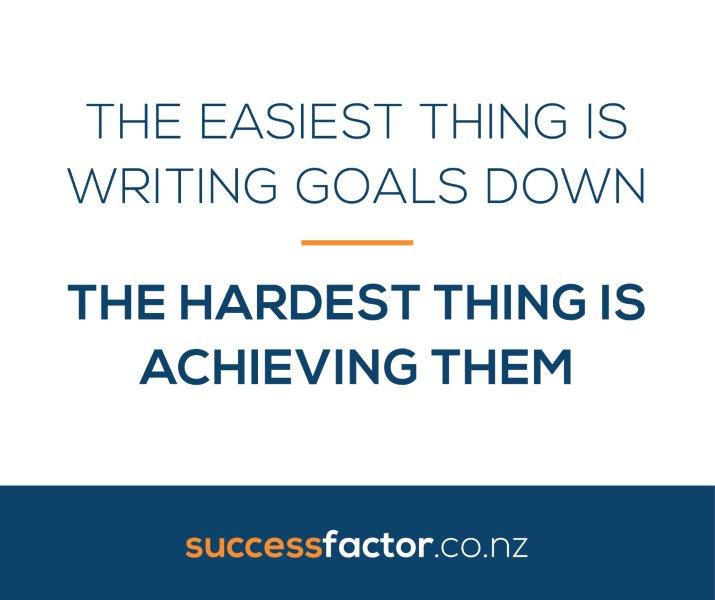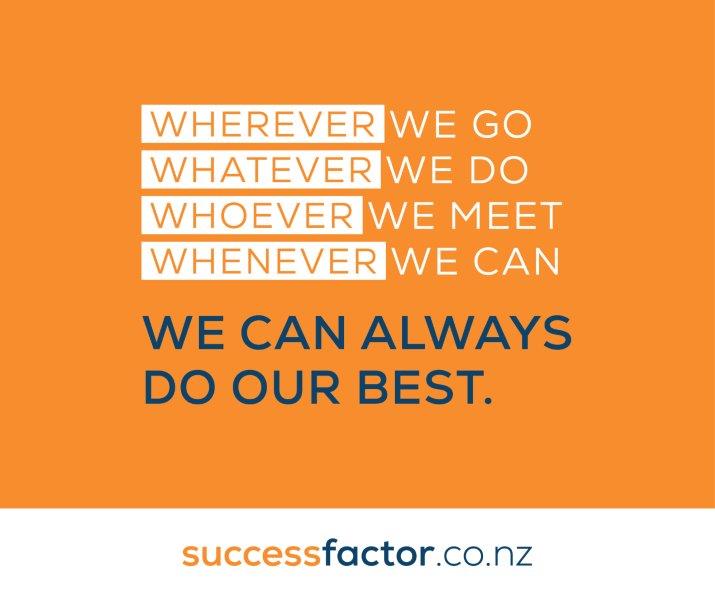Creating a Well-Structured Personal Plan

Some of you may never have considered creating your own personal plan, whereas others may do this regularly. Either way there are different ways in which these can be done, and to help you get started, or even consider doing something different, the steps below may be helpful in getting you started. This is such a good time of year to be thinking about this. In between Christmas and New Year we often reflect on the year and how we feel about our progress and start thinking about the new year to come and what we might do differently. Crafting a personal plan involves several key steps to ensure clarity, feasibility, and effectiveness. Read through these below and get started! Here's some steps you might want to consider: Self-Assessment and Goal Setting Reflect: Start by introspecting to understand your values, strengths, weaknesses, passions, and aspirations. Set SMART Goals: Define Specific, Measurable, Achievable,

